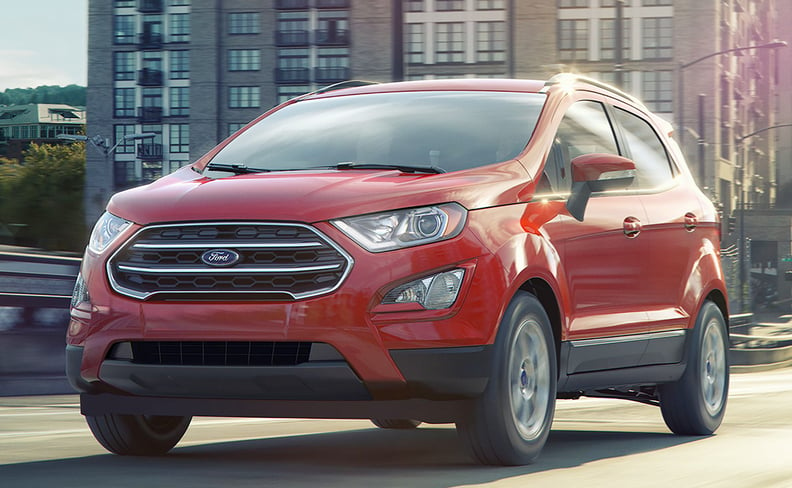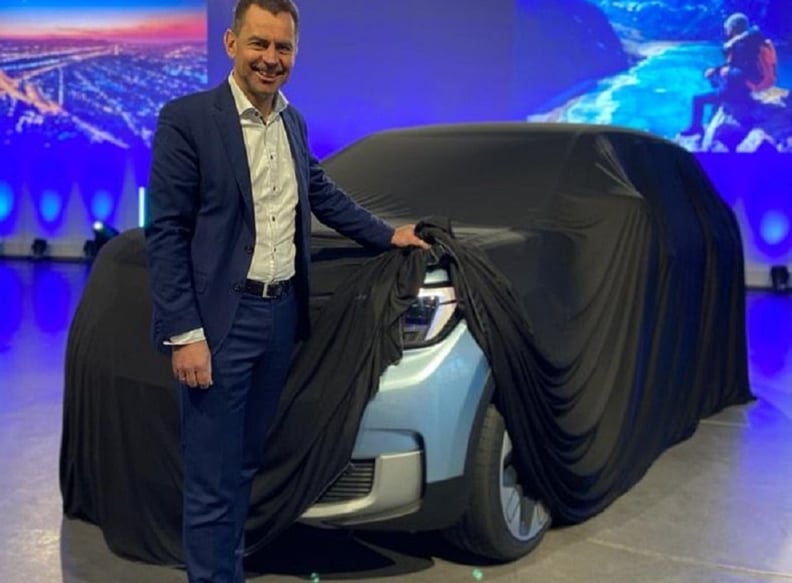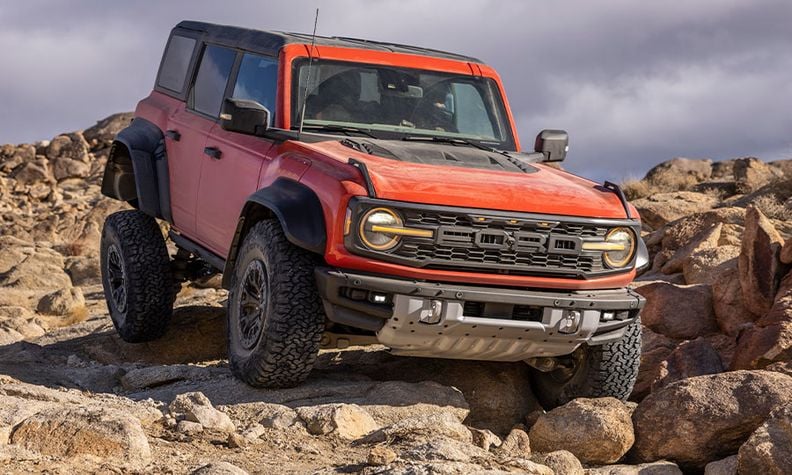Puma small crossover shows that Ford can be a success in Europe
The Puma small crossover shows that Ford can be a success in Europe with original design and sporty driving dynamics
Ford is radically changing its business model in Europe in a bid to become sustainably profitable in the region.
The automaker is dropping the Focus compact car and Fiesta small hatchback as it shifts to a smaller, all-electric passenger car lineup. It’s also axing thousands of jobs — many of them product development staff — to rightsize its smaller European footprint.
Ford CEO Jim Farley is trying to fix problems that were caused by bad decisions before he was promoted to the top post in 2020.
I believe these are five key missteps made by Ford in Europe.
1. Lack of compelling new cars
For years, the automaker lived off its smart decision to breathe new life into the van segment in Europe with the S-Max and Galaxy. Then, in 2007, the Kuga compact SUV, perfectly tailored to European tastes, was launched. But after that, the product pipeline thinned out and became increasingly weak.
The B-Max small minivan, launched in 2012, arrived just as the segment was declining. The India-built Ecosport small crossover, launched in Europe in 2014, made little impact in its segment. The Ka minicar was replaced by the Ka+ low-cost model built in Brazil but it didn’t convince many buyers.
The new models seemed like a stopgap and failed to match the driving dynamics offered by the Focus and Fiesta in their respective segments. Driving fun was replaced by randomness.

The India-built Ecosport small crossover had little impact in its segment in Europe.
In 2018, then-CEO Jim Hackett, who had previously run an office furniture maker in the U.S., decided to phase out less profitable models, especially in Europe — and replace them with nothing. The Ecosport and B-Max disappeared, as did the S-Max and Galaxy.
Ford withdrew from several segments in a short period of time. The company tried to cover up the gap with a flood of facelifts for the surviving models.
And so the inevitable happened: Ford’s market share began to shrink. From 11.8 percent in 1994, the share had plummeted to 8.2 percent by 2007, and by 2021 it had dropped to 4.8 percent.
The Puma small crossover, launched in 2019, shows that Ford can do things differently. It was designed as a sporty lifestyle car and is successful.
Last year the Puma was Ford’s best-selling passenger model in Europe with sales of 132,000, according to Dataforce figures.
The concept of driving fun and original design still works best for the Ford brand.
2. Saving money as an end in itself
As a listed U.S. company, Ford is strongly focused on positive quarterly results. Investors prefer rises in earnings rather than a promising long-term strategy that does not bear immediate fruit.
This environment shapes the decisions of all Ford CEOs. Ford’s quarterly earnings presentations to analysts and investors promote the idea that cutting costs and cutting jobs are signs of smart management.
But automotive product cycles last several years and tools and models are written off over many years. And it is particularly fatal to part with engineers who have accompanied the development history of entire components in times of scarce skilled labor.
Ford’s plan to cut thousand jobs at its European development center in Cologne-Merkenich could come back to haunt the company. Battery-electric cars need less development effort than combustion engine platforms, but during the industry’s shift to software-led, electric models,in-house innovation and value creation is needed more than ever.
How Ford will stay ahead technologically with fewer and fewer engineers on board?
3. Delayed electrification
One of the main accusations directed at Ford’s decision-makers was that they slept through electrification. When the Mitsubishi i-MiEV, Europe’s first production full-electric car was unveiled at the 2009 Geneva auto show, Ford executives were among industry figures who made fun of the vehicle.
Ford believed it could meet tougher European emissions regulations by increasing the efficiency of its combustion engines and cautiously adopting hybrid technology. It held on to this view while rivals started to launch battery-electric model even though years earlier, Ford’s advanced development department had already presented capable concepts for battery electric and fuel cell vehicles.

Ford Europe EV boss, Martin Sander, teases the automaker’s first EV based on VW’s MEB platform.
Here too, the cost-cutting instincts of Ford’s bosses had a negative effect. To improve the bottom line in the short term, work on new technologies was scaled back, postponed or abandoned.
To catch up, Ford in 2020 signed an industrial partnership with Volkswagen to use VW’s MEB electric architecture to underpin new Ford all-electric cars in Europe. The first model, a compact crossover based in the VW ID4, will go into production at Ford’s Cologne factory in the autumn. It replaces the Fiesta built at the plant.
A second model will then follow next year. The planned volume is substantial: around 600,000 units for each model over the period of about four years.
Although Ford is working on its own electric platform, it will not be available until 2025 at the earliest. It is also not being developed in Europe, but in the U.S.
4. Weak brand presence
Ford has not managed to position the brand in Europe in a distinctive way. The Ford name is not a competitive plus in Europe — it’s more of a minus. This has led to the automaker taking part in heavy market discounting. Its emergency measure of putting its first EVs on the road with VW technology will not help.
Ford’s marketing managers have recognized the problem and now see promoting the brand’s American heritage as a way to stand out in the monotony of the European volume market. “Adventurous Spirit” is the new brand credo.

The Bronco is being sold in selected European markets as a halo model epitomizing its ‘Adventurous Spirit’ marketing slogan.
Whether this repositioning will bring the hoped-for turnaround in the perception and value of the brand remains to be seen.
Besides, Stellantis’s Jeep brand is already firmly established in European minds as the U.S. champion of an adventurous outdoor lifestyle.
5. Poor mobility strategy
Ford has a dedicated, loyal and comprehensive dealership network in many European countries. That is a huge plus in an industry that is seeing a proliferation of brands and multi-brand dealerships.
That said, Ford has never really encouraged this strong dealer network to really embrace the new world of mobility offerings. True, Ford Carsharing was introduced in 2013 — but it did not take off and was used by most dealerships to provide cars to customers while their own vehicles were being serviced or repaired.
Last year Ford offered subscriptions as an alternative to owning a car but it is limited to selected dealerships. Its Spin e-scooter rental was sold last year to the German micromobility operator Tier Mobility.
Unlike its rivals Toyota and Renault, Ford is a long away from systematically developing a mobility offering in Europe.
This may not matter at the moment, but in the age of “Car-as-a-Service,” it could come back to haunt Ford in the future when competitors are firmly established in this growing business area.
